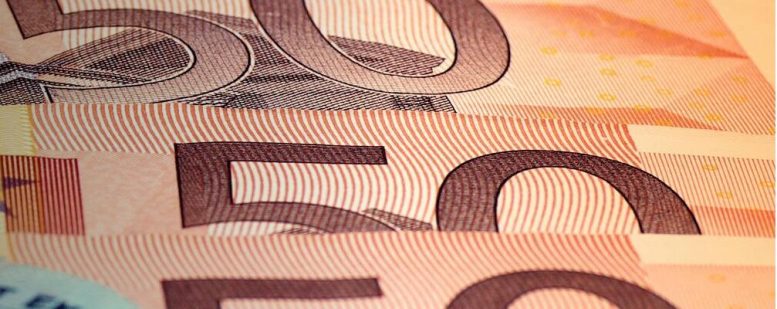
A convertible bond is a fixed-income security that is issued by a stock corporation. The convertible bond includes the right not to repay the nominal amount of the bond during a certain period of time, but to exchange it for a predetermined number of shares.
- Convertible bonds can be redeemed when due in the form of shares in the company.
- Public companies can use convertible bonds to exchange debt for equity.
- The interest rate on a convertible bond is below the average rate of interest on traditional bonds.
The meaning and purpose of the convertible bond
Companies need capital every now and then. There are two ways of raising capital for a stock corporation . On the one hand, it can carry out a capital increase by issuing new shares. On the other hand, it can issue a bond and obtain outside capital on the capital market.
A classic bond has a fixed term. During this term, the bond buyer receives interest payments. When the bond matures, his invested capital will be returned to him.
There are two options for a convertible bond:
- The buyer of the bond can exercise his right and can choose to exchange it for shares in the company.
- In the case of a “reverse” convertible bond, the company has the right to decide whether to repay the bond through an exchange of shares.
The issue of a convertible bond must be resolved by the general meeting with a two-thirds majority. The features of the bond are also up for discussion.
The legal basis for convertible bonds can be found in Section 221, Stock Corporation Act.
The advantage of a convertible bond for the company
Short for CB by abbreviationfinder, convertible bonds usually have a lower interest rate due to their exchange function. This makes it cheaper for the company to borrow. The exchange turns borrowed capital into equity . However, the interest during the term reduces the company’s profit.
The disadvantage of a convertible bond for the issuer
The convertible bond may harbor a certain risk potential. The issuer trusts that a certain proportion of the bond will ultimately be converted into shares. This means that he does not have to repay all of the borrowed funds and has created equity.
If this speculation does not occur, however, the financial planning will start to falter. An incalculable residual risk remains for the planned increase in equity.
The advantages for the investor
Investors who invest in a convertible bond calculate with clear advantages. In their view, these advantages outweigh the lower interest rates compared to other bonds. The added value of a convertible bond from the investor’s point of view:
- Fixed interest until the exchange and, as a result, attractive dividends later .
- If the price of the company’s share rises, the price of the convertible bond also rises. An early sale on the stock exchange brings a price gain.
- If, on the other hand, the share price falls, this has no effect on the bond when it matures. Usually, the bond is repaid at its nominal value. However, an exception would be if the publisher made the conversion mandatory.
- Option for price gains if the share price has risen and the shares are sold after conversion.
Disadvantages for the investor
In addition to the lower interest rates, convertible bonds have other possible disadvantages. If the issuer stipulates an obligation to convert shares into shares, the bond buyer is not protected against price losses on repayment.
If there is an ordinary capital increase shortly before the convertible bond’s maturity, the value of the bond is “diluted”. Protection from this situation is only provided by a “dilution protection clause” in the bond’s terms and conditions. This clause guarantees that the proportion of the shares within the equity will not be shifted.
Differentiation from derivatives
The convertible bond is a “real” security. In contrast to this, artificial securities constructs, so-called derivatives , have been found for many years . The family of derivatives also includes certificates . At first glance, these are similar to convertible bonds, but they show a clear difference. The conversion of fixed-income securities into shares is not an integral part of the issue of certificates. The buyer acquires a short-term fixed-income security that is linked to an underlying asset or a basket of underlying assets. The base values are stocks.
Fixed-income paper pays a relatively high rate of interest, but it also comes with conditions. This is where the difference lies, which one or the other see more as a financial bet. If the market value of the share or a share from the basket touches, exceeds or falls below a price limit, the investor does not receive the invested capital back. Instead of the capital employed, the corresponding base value is booked into the custody account. The repayment of the paid-in capital in the form of shares always takes effect if the “bet” turned out to be to the detriment of the investor.
